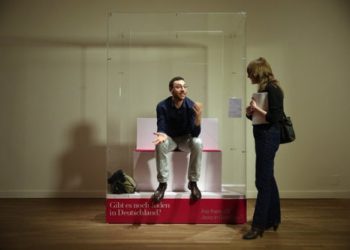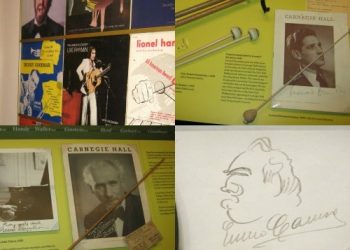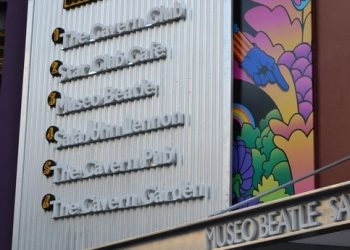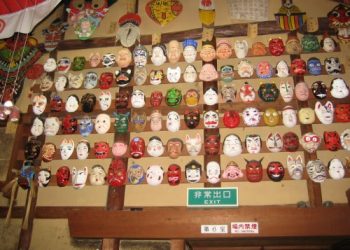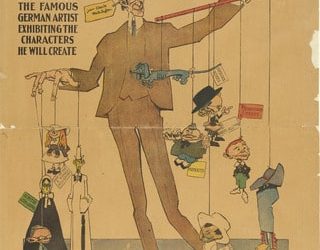A couple months ago I told you about the Musée Français de la Carte à Jouer, a museum in suburban Paris dedicated to playing cards. In our digital world it is sometimes hard to remember that humans have been shuffling card decks for a long ass time. Gambling is even older, and I’m not talking about the average age of the patrons who visit the casinos of Las Vegas, Monte-Carlo, and Macau. The wagering of money with the primary purpose of winning additional money has been going on since money was invented. So what a surprise with its connection to gambling crime rings that Havana has a gambling (and cards) museum, the Museo de Naipes.
Located in Plaza Vieja’s oldest building, this quirky playing-card museum with a 2000-strong collection with the oldest dating back to the late 1800s includes depictions from countries as far flung as Japan and Russia, caricatures of Hollywood actors such as Robin Williams and Sean Connery and Charlie Chaplin, and a set of cards designed by a prisoner.
It all started back in 1916 when card factory owner Heraclius Fournier’s grandson Felix Alfaro Fournier eagerly acquired interesting, one-of-a-kind playing cards. Of course Havana’s association with gambling began in the 1920s, when the city assumed a role later taken by Las Vegas: a vacation spot where Americans could party in ways not allowed at home. Cuba flourished with nightclubs, bordellos and casinos. Throughout the 1950s, the American and Cuban mob families opened luxurious resorts, each one bigger and more successful than the last. The money poured in. But when Fidel Castro took over, he outlawed gambling. He then tried to reopen some casinos, with untrained dealers, after he discovered how important they were to the local economy. But it was too late – the American patrons were gone. But some of that history lives on at the museum.

